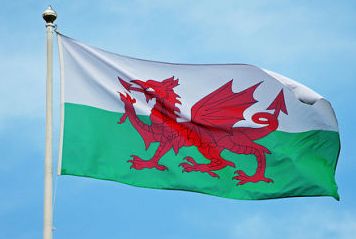Today is St David’s Day – a special day for the United Kingdom, and in particular for Wales. Saint David is the patron of Wales, but who was he?
He lived during the 6th century AD. The exact years of his birth and death are unclear, though it is believed that he was born in Cardiganshire, Wales. He is thought to have died on 1st March, hence today’s importance. The earliest written mention of St. David is found in a tenth-century manuscript.
St David is believed to have been born of royal Welsh blood, but became famous as a Christian preacher. He rose to become the most senior bishop in the Welsh church, and founded an important Celtic monastic community in the far west of Wales. The monastic code that he preached was an ascetic one, which required monks to plough the land themselves, and eat and live simply. The monks also fed and clothed the poor.
St David’s final resting place is in the very beautiful St David’s Cathedral, in the city of St David’s, right at the westernmost tip of the beautiful Welsh county of Pembrokeshire (also home to some of Britain’s best beaches).
Parades are held around Wales each year on the 1st of March to commemorate Saint David. The largest parade, celebrating Welsh heritage and culture, is held in the Welsh capital, Cardiff. Many Welsh people also mark the day by wearing one or both of the National symbols of Wales: the daffodil (a generic Welsh symbol) or the leek (Saint David’s personal symbol) on this day.
The flag of Saint David often plays a central role in the celebrations and can be seen flying throughout Wales. It will also be flying outside our Embassy today.

